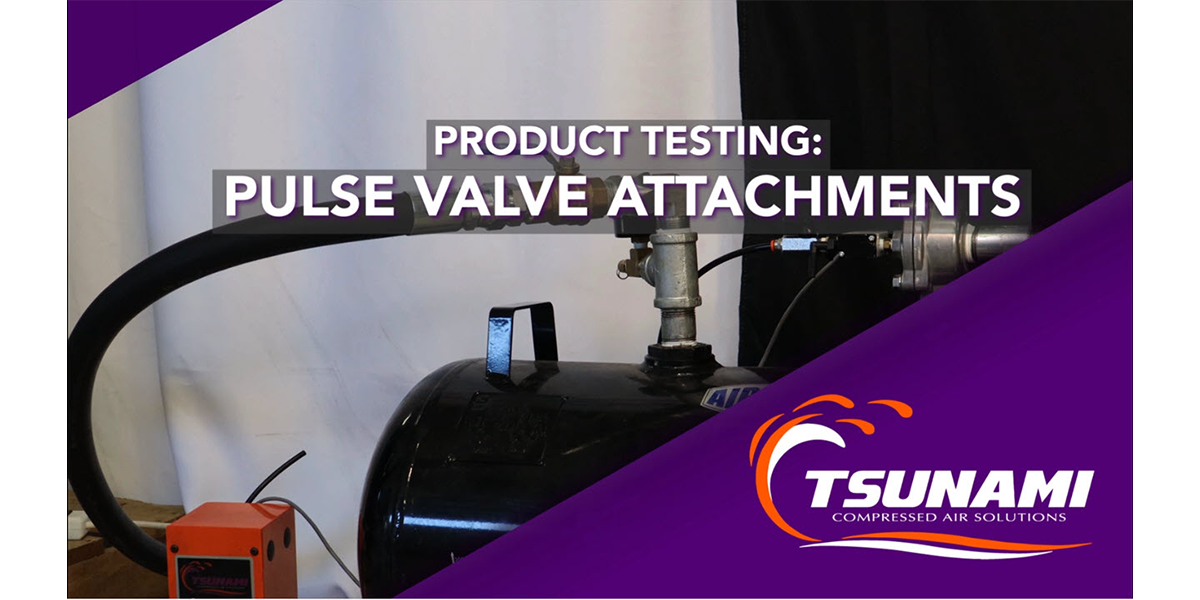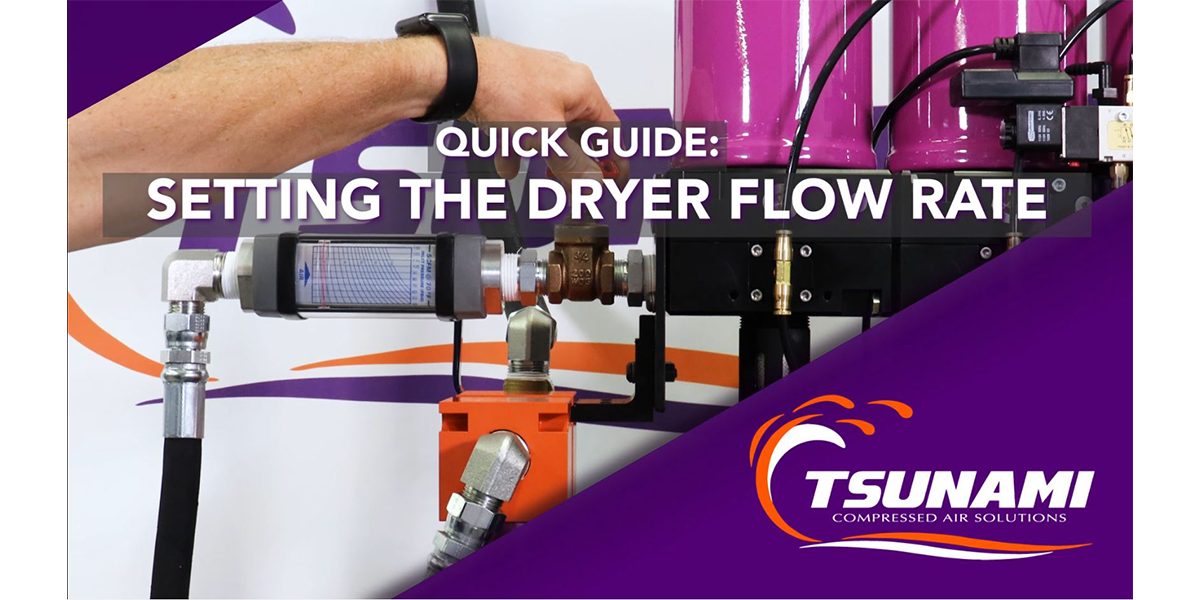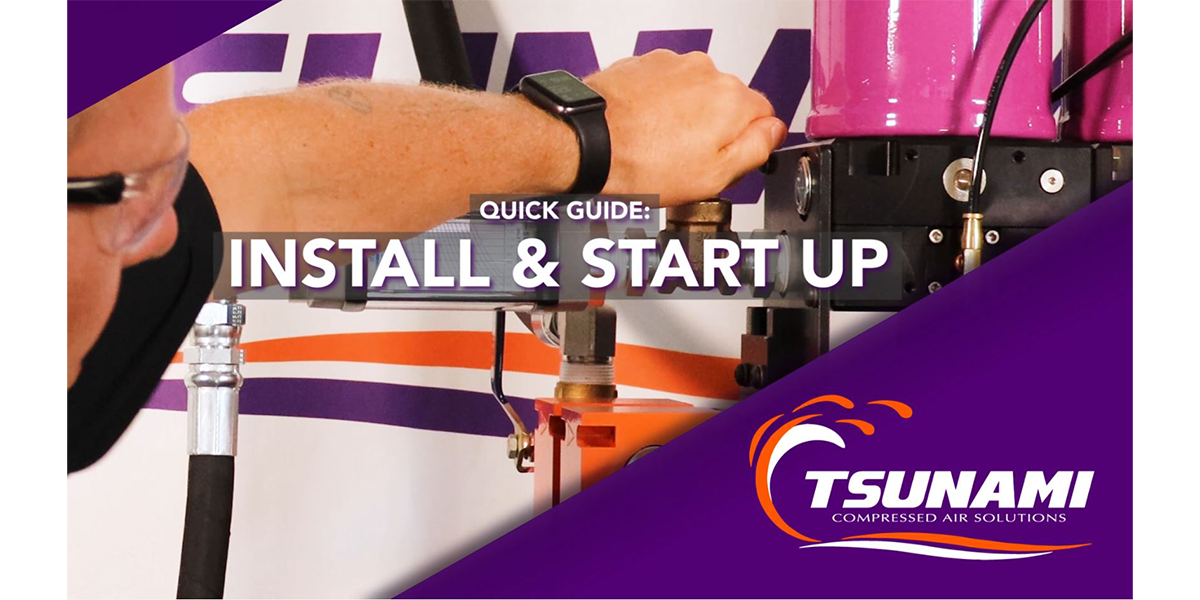3 min read
Industrial Dust Collection: Basics and Best Practices
Tsunami Team
:
Jun 13, 2023 2:41:26 PM
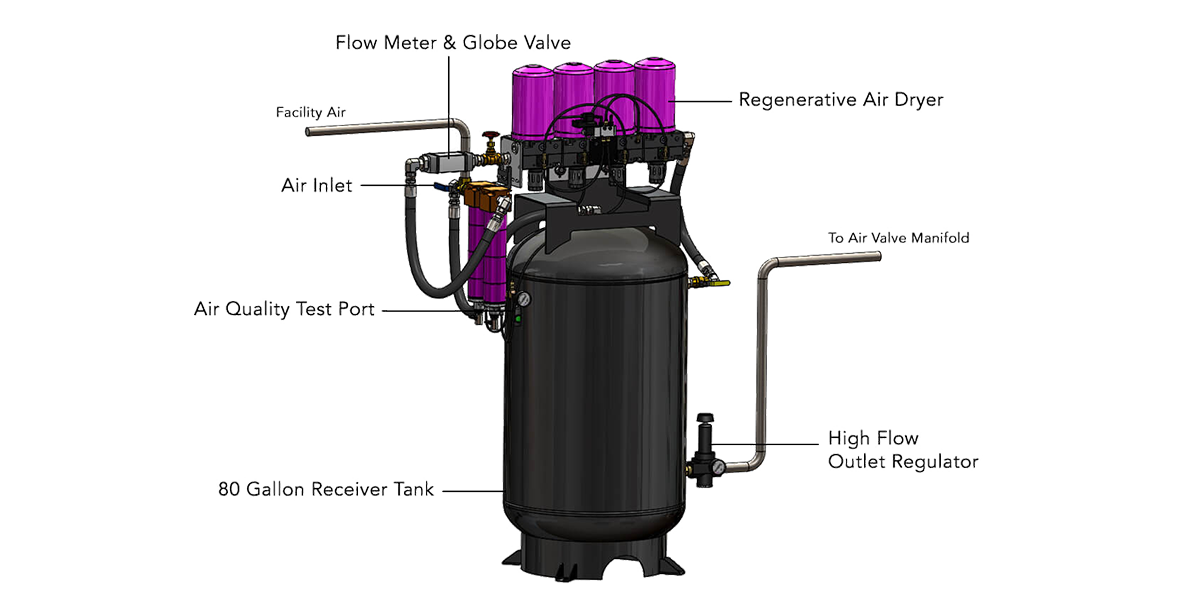
Industrial dust collection solutions play a crucial role in keeping shops safe and healthy for workers by filtering out particulate matter from the air and out of shop equipment. Most importantly: they keep us all on OSHA’s good side with the General Duty Clause.
Dust collectors using compressed air are used to remove airborne particles from compressed air streams, preventing these particles from causing contamination in the product or workplace, and come in different sizes depending on the type of application.
These dust collectors can also:
- Improve energy efficiency
- Reduce maintenance and operation costs
- Be easily installed with minimal disruption to operations
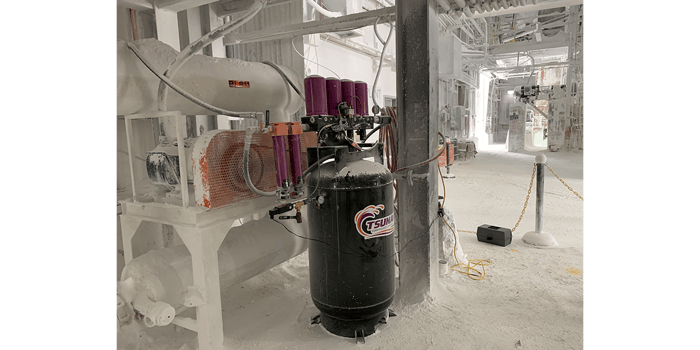
Managing Industrial Dust Collection Solutions
When managing industrial dust collection solutions, there are benefits of using compressed air as well as challenges. These are what businesses experience often.
Benefits:
1. Reduces Energy Consumption
Dust collectors using compressed air are often more energy efficient than other methods of dust collecting, as they require less power to operate. This can help businesses save money on energy costs over the long term and reduce energy consumption by up to 50%. This helps keep operational costs low.
2. Reduces Extra Costs
Using compressed air for dust collection eliminates the need for additional filtering or cleaning systems.
This reduces maintenance costs and increases system efficiency, further contributing to reduced energy consumption. Dust collector dryers are also extremely reliable as they have fewer moving parts than other methods, reducing the risk of pressure drops and leaks. This ensures the system is working at peak efficiency and no hazardous material escapes into the workplace.
Challenges:
1. not having the right size
Proper sizing of compressed air systems is vital for businesses to ensure their dust collectors are operating as efficiently and safely as possible. If the system is too small, it won't be able to keep up with the dust collector’s demands, leading to an ineffective system that may still release hazardous material into the workplace.
On the other hand, if the system is too large, then it will be wasting energy and money as it's running at a lower capacity than necessary. An oversized system can produce too much air, leading to a decrease in efficiency, while an undersized system may lead to inadequate dust collection.
The solution: To maximize energy efficiency, businesses must select the proper system that meets their compressed air consumption needs. To do this, businesses must determine their dust collection requirements and then compare them to the performance characteristics of available systems.
By selecting an industrial dust collection solution that meets their compressed air requirements, businesses will be able to reduce energy consumption and ensure cost savings over the long term without sacrificing safety or performance.
2. water entering the compressor
Proper sizing of compressed air systems is vital for businesses to ensure their dust collectors are operating as efficiently and safely as possible. If the system is too small, it won't be able to keep up with the dust collector’s demands, leading to an ineffective system that may still release hazardous material into the workplace.
Condensation and moisture control influence the efficiency of dust collectors. Moisture in the compressor will cause rusting, clogging, and other problems that can reduce the effectiveness of your dust collector. Without proper condensation and moisture control, dust collectors can experience:
-
- Decreased efficiency from clogged filters
- Increased wear and tear on parts due to corrosion
- System failures
The solution: To ensure the proper functioning of dust collectors, condensation should be managed through a variety of methods such as regular maintenance and filtration systems.
Implementing these strategies can minimize energy costs and maintain a safe working environment for all involved.
Optimizing compressed air usage in dust collector systems
Since air volume and velocity are two of the most important factors to consider when using a dust collector system, it is essential to make sure that both are optimal for each specific application. The air volume should create enough suction power to capture all the dust particles, while the velocity must be within an acceptable range for efficient particle capture.
Airflow should be balanced between inlet and outlet ducts to prevent pressure drops and turbulence. If either of these are too low or too high, the system will not operate as effectively and efficiently as possible.
Proper duct work design and layout are essential to ensure the dust collector system operates optimally:
- All joints and connections should be sealed tightly to prevent air leakage
- Keep bends at a minimum as they create turbulence in the system
- Maintain uniform velocity throughout the duct work to avoid pressure drops and turbulence. This can be achieved by using large enough diameter ducts with relatively few changes in direction or length.
A word on pressure regulators
Pressure regulators adjust the air pressure to maintain a desired flow rate, while control valves are used to regulate the amount of air entering the system. These components help ensure the dust collector operates at its optimal performance level by regulating the airflow according to the requirements of the application. They can also be used to increase and decrease air velocity as needed to achieve effective filtration.
By using these components in conjunction with properly designed duct work, you can achieve better performance from your dust collector system with minimal losses due to turbulence or pressure drops.
Dust System Configuration Will Improve Efficiency
By properly configuring your industrial dust collection solutions with the right components, you can ensure your equipment runs efficiently and safely, while also minimizing costs related to maintenance.
Understanding the benefits, challenges and best practices for dust collection means increased efficiency for your work area. Implementing these strategies can minimize energy costs and maintain a safe, efficient working environment.
Taking the time to plan out and install the right dust collection system is an important step in ensuring a safe working environment for everyone (and keeps OSHA off the production floor).
For more information on industrial dust collectors, download this informational resource.
